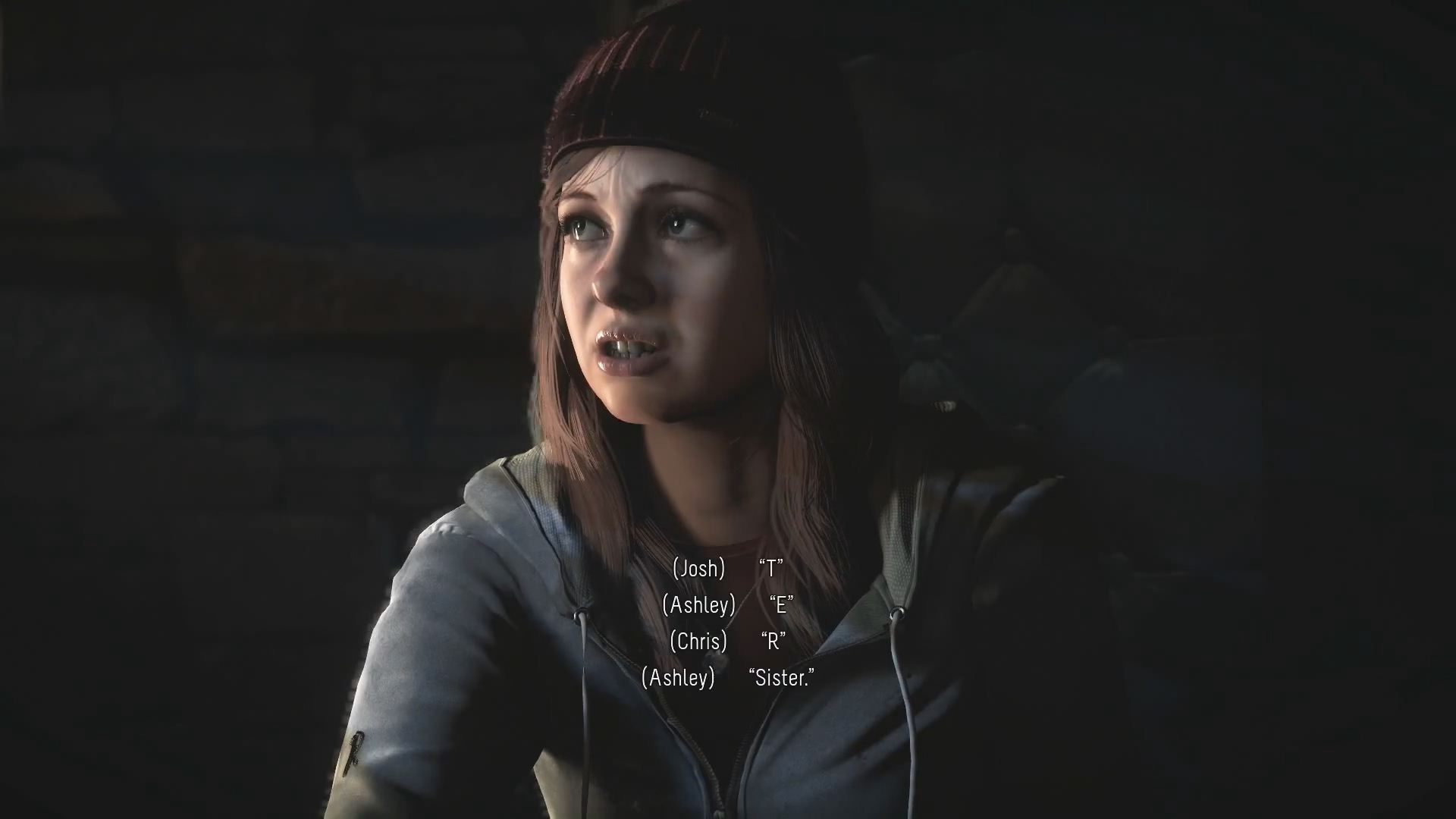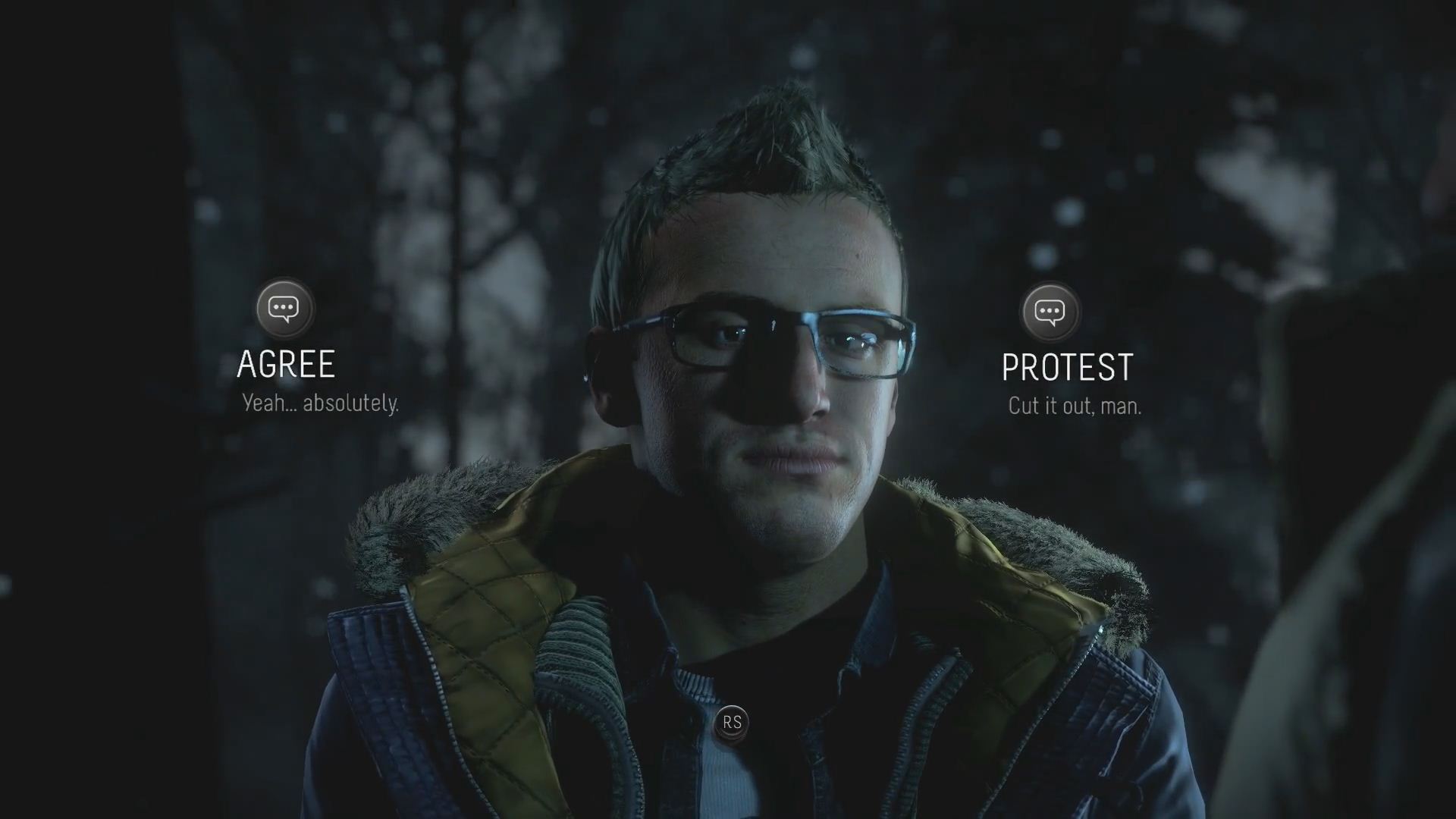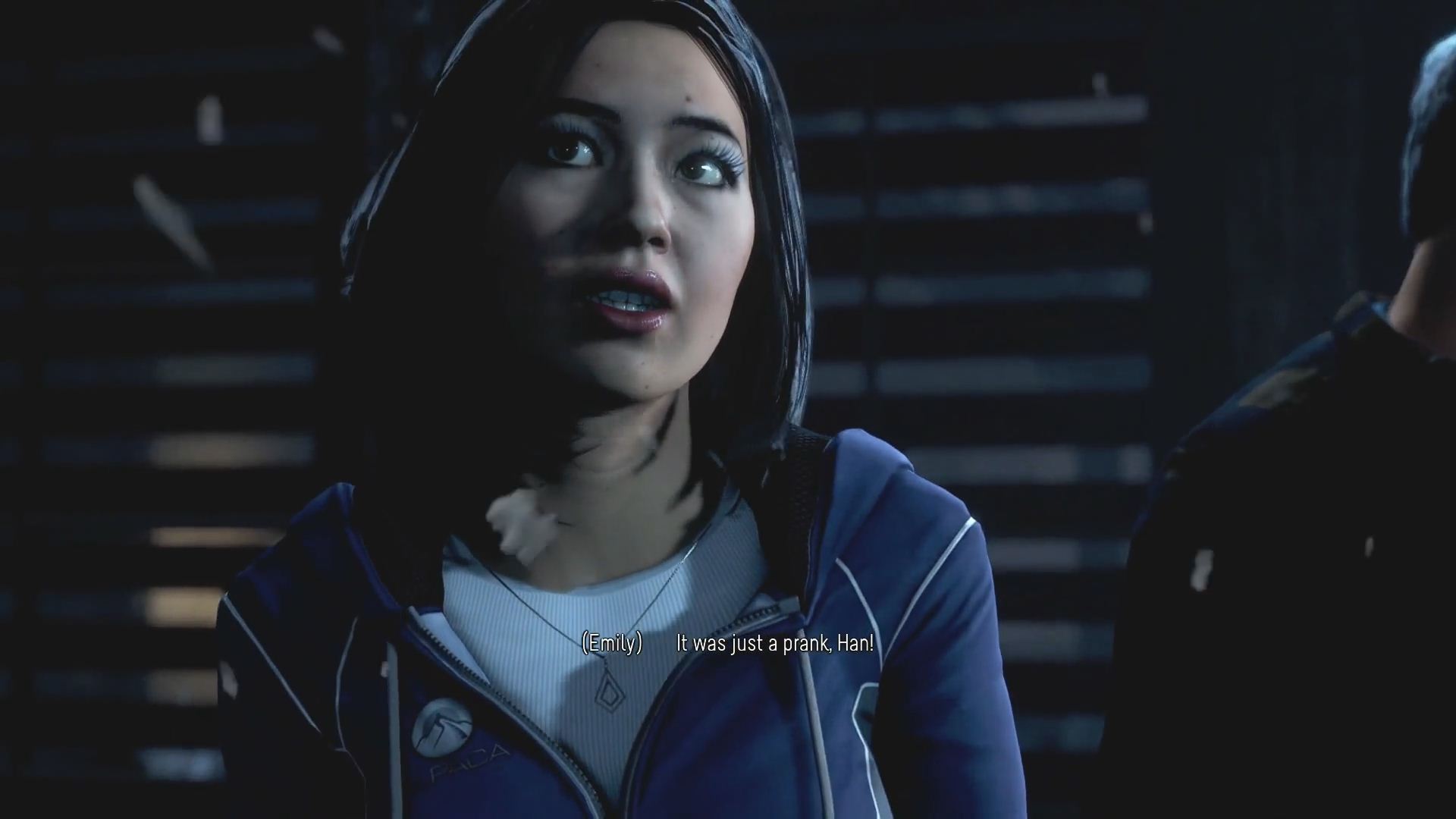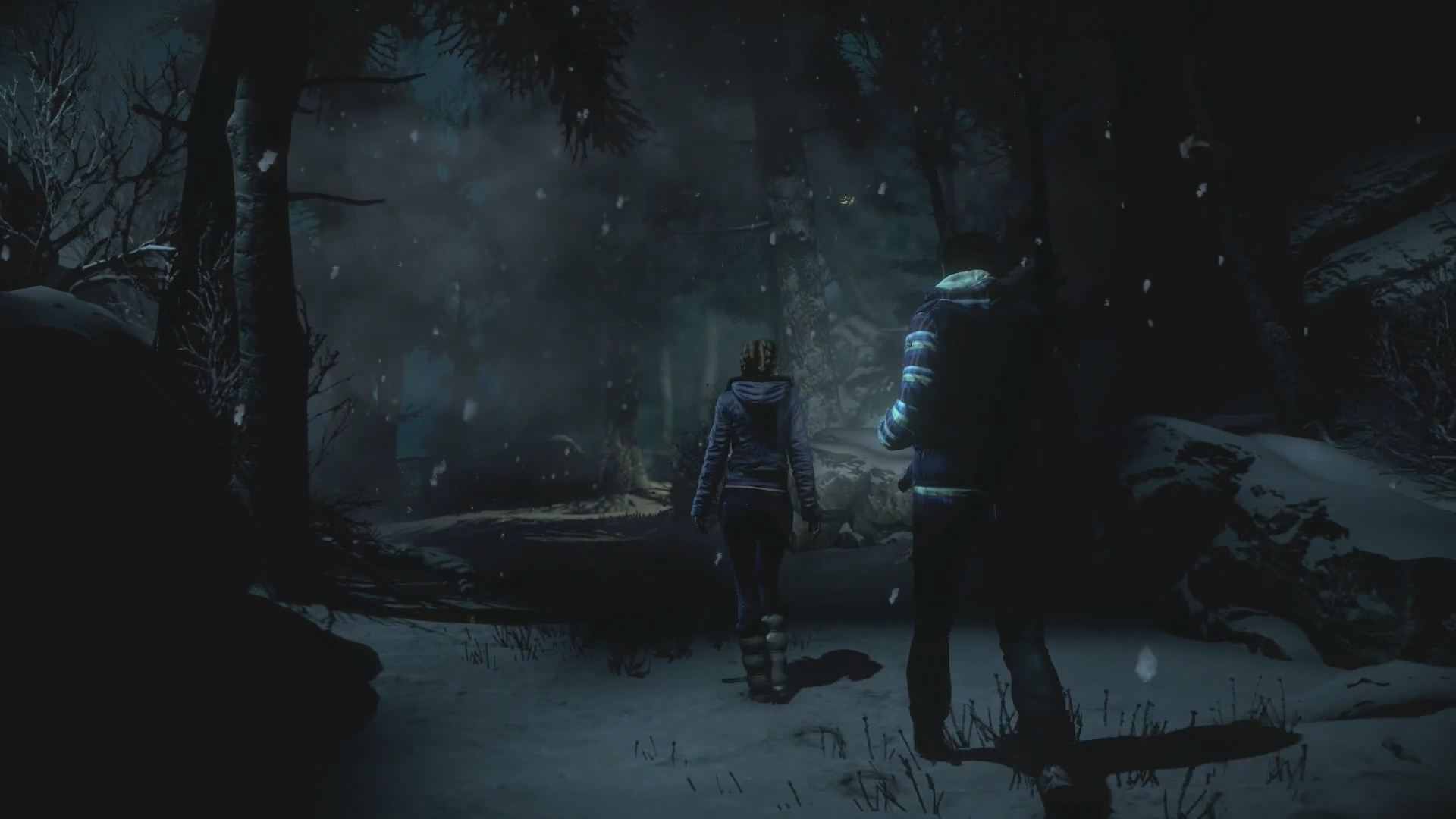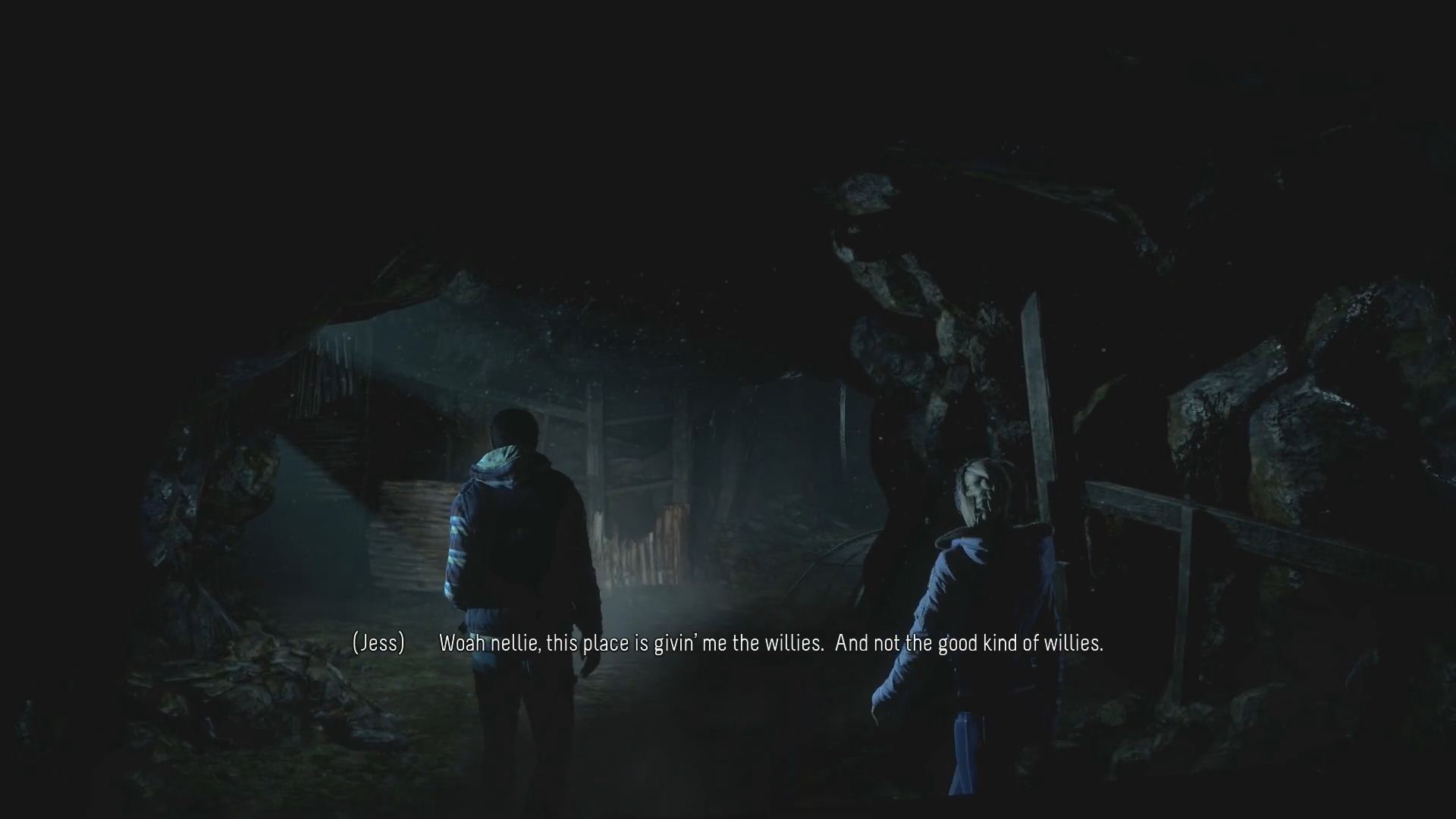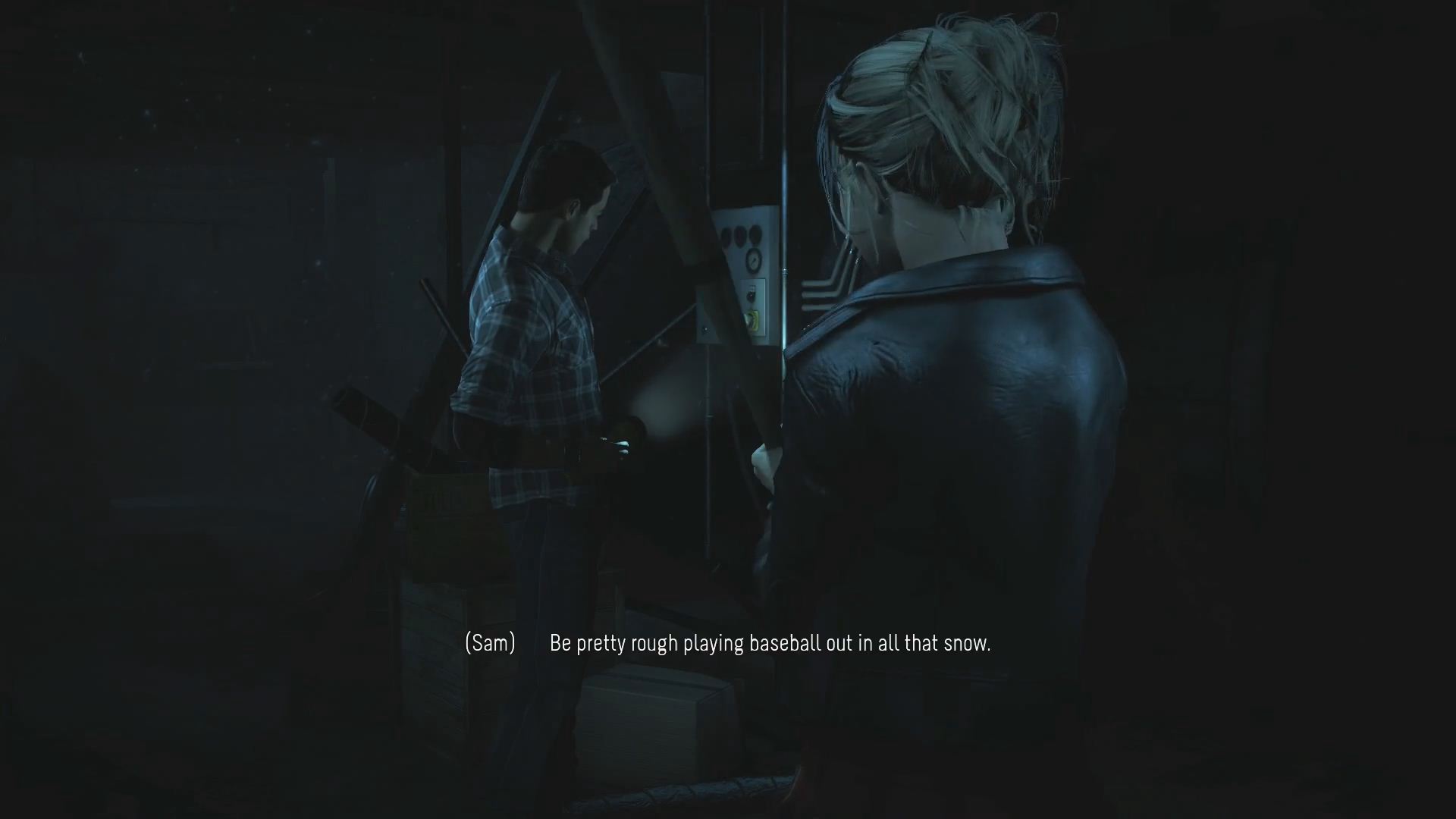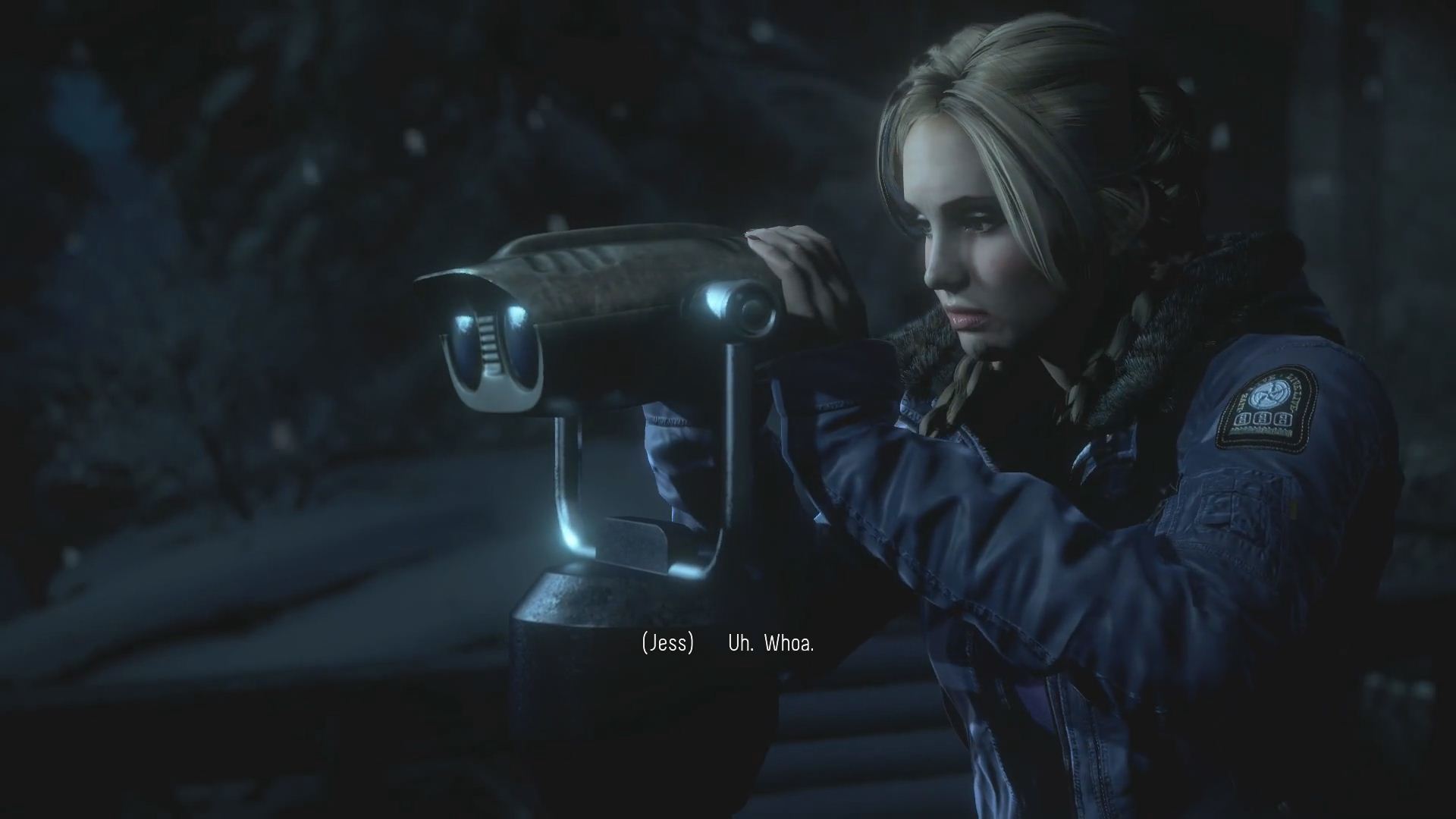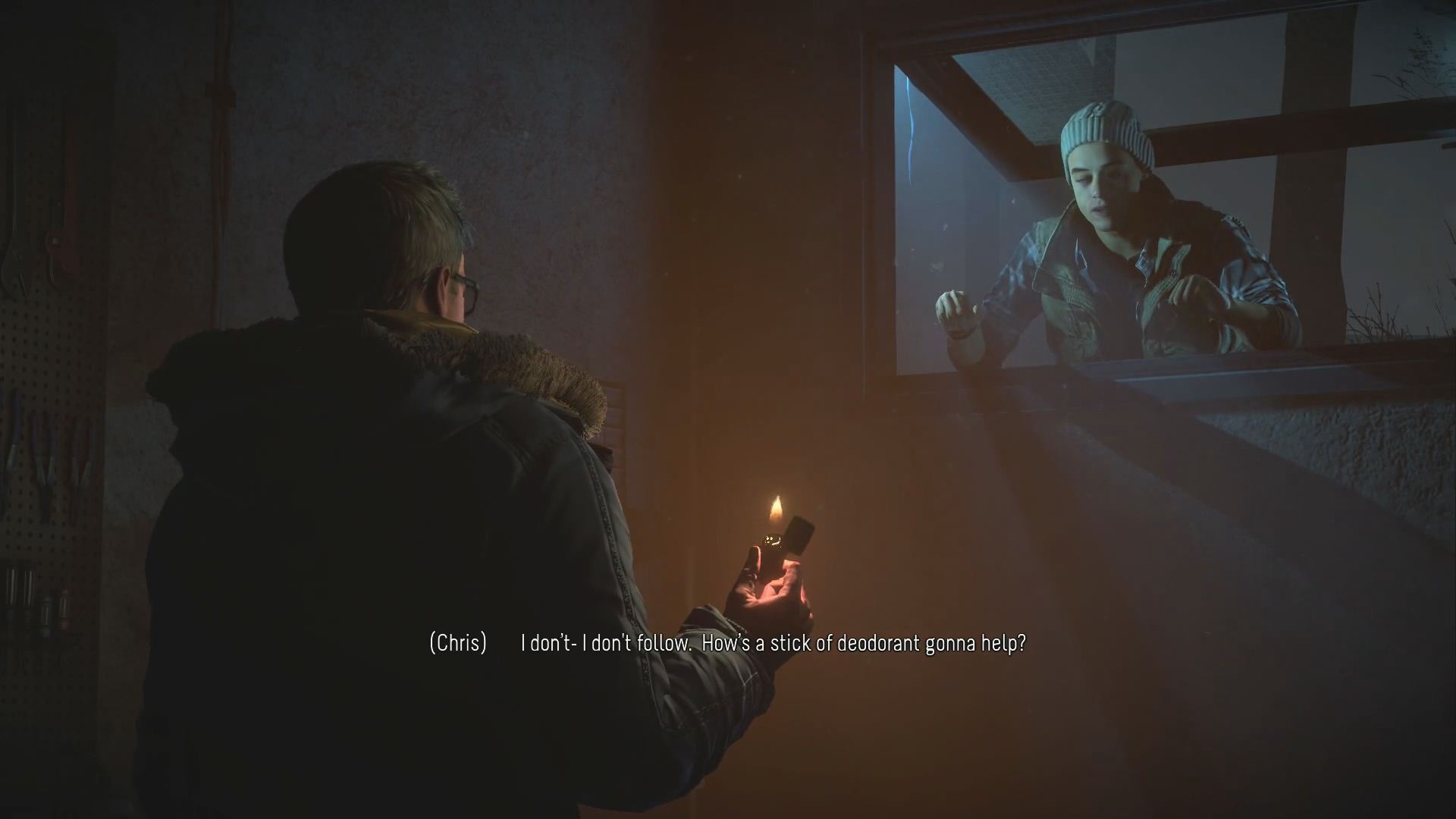
I will be honest – I didn’t have a lot of expectations from Supermassive’s Until Dawn, both in the visuals department and in terms of gameplay. Announced at Gamescom in 2012, the horror title was first introduced as a mix of PS Move functionality and Heavy Rain-style QTE reaction-play. There was also a fear that the developer wasn’t really paying homage to teenage slasher horror flicks as much as exploiting a kitschy storyline for all its worth.
Of course, as time went on, it became apparent that there was a bit more to Until Dawn that just that. The atmosphere and story played its horror tropes seriously but still found ways to have fun with it all, especially thanks to the Butterfly Effect. Now that Until Dawn is finally available, that too without its motion-based controls, I’m happy to say that many of my concerns were for naught. The biggest surprise, however, is just how beautiful the game looks. There aren’t a lot of adventure games – if Until Dawn needs a genre type – that boast of this level of realistic visuals while also standing out from the crowd with their own unique identities. But Until Dawn achieves this and much more.
Amazingly enough, Until Dawn uses a modified version of the Killzone Shadowfall engine which was first introduced to the world in 2013. The game at the time was known for not fully utilizing the PS4’s full 8 GB GDDR5 RAM but still featuring numerous particle systems and real-time reflections. The lighting system was also known for its implementation of numerous technologies to achieve a sense of realism while maintaining a strong performance. Until Dawn at heart isn’t a full-fledged action game like Shadowfall but it still uses a good amount of the console’s processing power and the rendering capabilities of the engine to create its compelling atmosphere.
Until Dawn’s fascinating mo-cap technology tries its hardest to to recreate human expressions and emotions, with subtle joint animations.
Until Dawn runs at native 1920×1080 resolution and 30 frames per second. While 60 frames per second is the often sought after standard these days, the locked 30 FPS here is fully acceptable. Plus, it helps add to the cinematic presentation in many ways. In terms of anti-aliasing, it seems the game is using temporal super-sampling anti-aliasing or TSAA. This is similar to FXAA (fast approximate anti-aliasing) but produces better quality when smoothening edges.
What benefits does running on the Killzone Shadowfall engine provide for Until Dawn? It’s worth noting that we see the return of the procedural animation system which not only delivers realistic movement for skeletal joints but for clothes as well. The motion capture has also been executed very well – both the characters’ emotions and expressions feel more realistic. The animations are also very convincingly real but come across as stiff at times, taking away some of the suspension of disbelief.
As discussed earlier, the Killzone Shadowfall engine uses a combination of different lighting technologies. In Until Dawn, global illumination and physical based rendering combine together for some truly awesome looking scenes and represents excellent work done by the developer. Real-time dynamic lighting is also in effect, with every on-screen pixel using its own light maps, and reflections tend to react differently when it comes to different objects. PBR properties from light falling through snowfall look different for example. All of this results in an authentic and atmospheric experience even if the ambient occlusion – which is a custom SSAO solution here – isn’t always very good at producing soft shadows at certain times.
Until Dawn uses a custom Global Illumination solution, a massive shift in the direction that we saw in Killzone Shadowfall .
Another noteworthy feature of Until Dawn is its use of volumetric effects. Needless to say, the various dust, mist, snow and other effects look beautiful. Even better, they’re dynamic elements which react realistically to light sources around them. This only reinforces the game’s overall beauty but for a horror aficionado, it also helps Until Dawn achieve that creepy aesthetic of slashers very nicely. It comes across as authentic and cinematic at the same time.
Supermassive did a very good job with the texture quality of objects and surroundings which are usually very high. You’ll run into the odd bland texture here and there during close-ups but these instances are few and far between. Anisotropic filtering is in play here and makes the textures look crisp and sharp whether you’re viewing them from an angle or from a distance. Other noteworthy elements include a large amount of on-screen geometry and object-based motion blur.
It’s really hard to look at Until Dawn and not notice the charm and subtle sense of quality it exudes. Image quality on a whole comes off as incredibly smooth while still standing out on its own. Though Supermassive could have stuck to realistic textures and high quality animations, it put a good amount of effort into the game’s volumetric effects and nuanced lighting to produce a unique experience. From a technical stand-point, the full native frame-buffer of 1080p, SSAO and such are major highlights of the game.
Physical Based Rendering solution allows materials like clothes to react dynamically to light sources. Snow is undoubtedly Until Dawn’s biggest feature and the use of PBR develops an engrossing atmosphere.
Until Dawn is an intriguing game, even for those who may not be big fans of horror, due in part to the overall visuals. The subject matter which can vary between B-movie cheesy and downright creepy but it’s aided so well by the cutting-edge yet balanced presentation and visual quality on display. Who knew that the Killzone Shadowfall engine would eventually re-emerge in such a grand fashion?
While the stiffness of some animations and rare bland textures can take away from the experience at times, Until Dawn is definitely one of the best looking games this generation. Even if you won’t be replaying it for the best possible ending, its spiraling world of cinematic horror and technical prowess deserve to be witnessed more than once.








